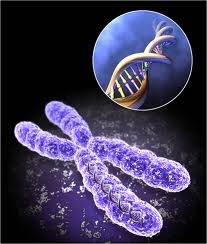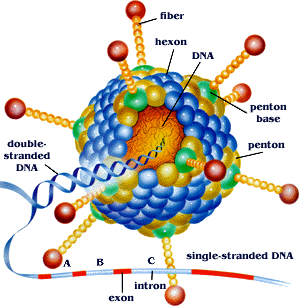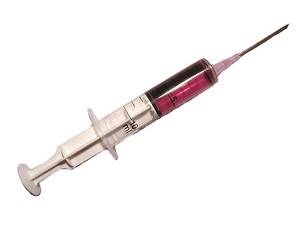
Our cells contain chromosomes which are made up of strings of information recorded as DNA. The cell uses sections of this DNA called genes to make proteins. Providing a cell with a new gene can alter what proteins the cell makes. Viruses are naturally efficient at introducing a new gene into a cell. Scientists have produced viral vectors from some viruses by making them safe and unable to multiply. Gene therapy uses a viral vector to infect human cells and introduce new genes. The cell then uses these genes to make new proteins. Sometimes this replaces a protein the cell is missing, sometimes it makes an extra protein which has a useful action.
This study uses an adenovirus to infect cells. Adenoviruses normally cause coughs and colds and are very common. The virus has been changed into a viral vector so it cannot copy itself once it infects a cell. Instead it will introduce into the cell a gene for a protein called Vascular Endothelial Growth Factor (VEGF).

The viral vector will be injected into the uterine arteries of the mother, which supply the womb with blood.

 Close
Close

